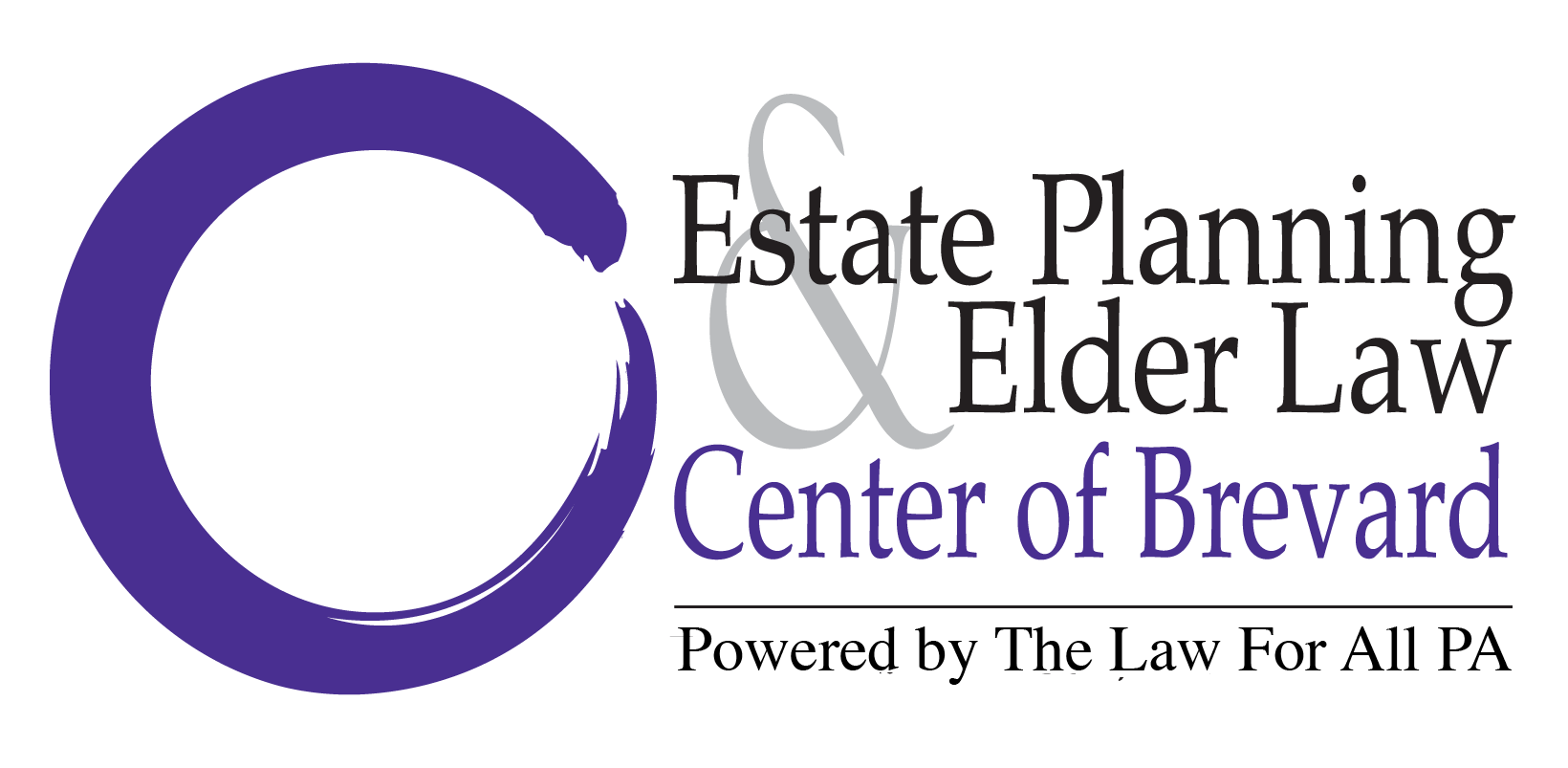In recent years, private equity (PE) firms have been buying more nursing homes and companies…
Start a Roth IRA for a Retirement Bounty When You Need It
It’s easy to dismiss retirement savings when you are young. Retirement seems so far away, and there’s so much you want to do right now. But wiser and older people know how important it is to start retirement savings while you are young.
No one ever says “I should have worked more” on their death bed. Similarly, no retiree ever says, “I should have saved less.”
CNBC’s article, “The one thing no one tells you about investing in a Roth IRA,” says that you almost never hear, is regret from retirees that they didn’t start saving sooner. It’s wise to start investing as early as possible, so your investments will have more time to grow.
Millennials seem to really like Roth IRAs, which show an across-the-board increase in all age groups.
In looking at investor data, Fidelity concluded that more than 50% of IRA contributions go into Roth IRAs, especially from people age 23 to 38. Millennials opened 41% of new Roth IRA accounts in 2018, and 74% of their contribution dollars are going into Roth’s. These accounts are especially valuable, when they’re the sole source of retirement savings.
For younger people, 30 or 40 years seems like a super long time to not be able to use that money. However, because Roth contributions are made with after-tax dollars, that’s not a big concern.
The benefit is that you can use the contributions you’ve made without taxes or a penalty. You have to forfeit the immediate tax break, but you’ll receive something better in return: the contributions and years of earnings that will be tax-free in retirement.
Fidelity believes that this year millennials are estimated to be a larger population than boomers. Older millennials are in their 30s, stable in their careers and saving.
Since the IRS has upped IRA contribution limits, you can contribute $6,000 annually. If you are over age 50 and making catch-up contributions, you can add in an additional $1,000, for a total of $7,000 per year.
The income cutoff for contributing to a Roth IRA is $137,000 for single filers, up from $135,000 for single filers in 2018.
In simpler terms, a traditional IRA will give you a tax credit now, and the Roth IRA will give you tax-free withdrawals, when you draw down your retirement funds. If you are in a low-income tax bracket now, it might make sense to take advantage of the Roth. As your career and income grow and you want to minimize income taxes, the traditional IRA will work better.
Reference: CNBC (March 31, 2019) “The one thing no one tells you about investing in a Roth IRA”



